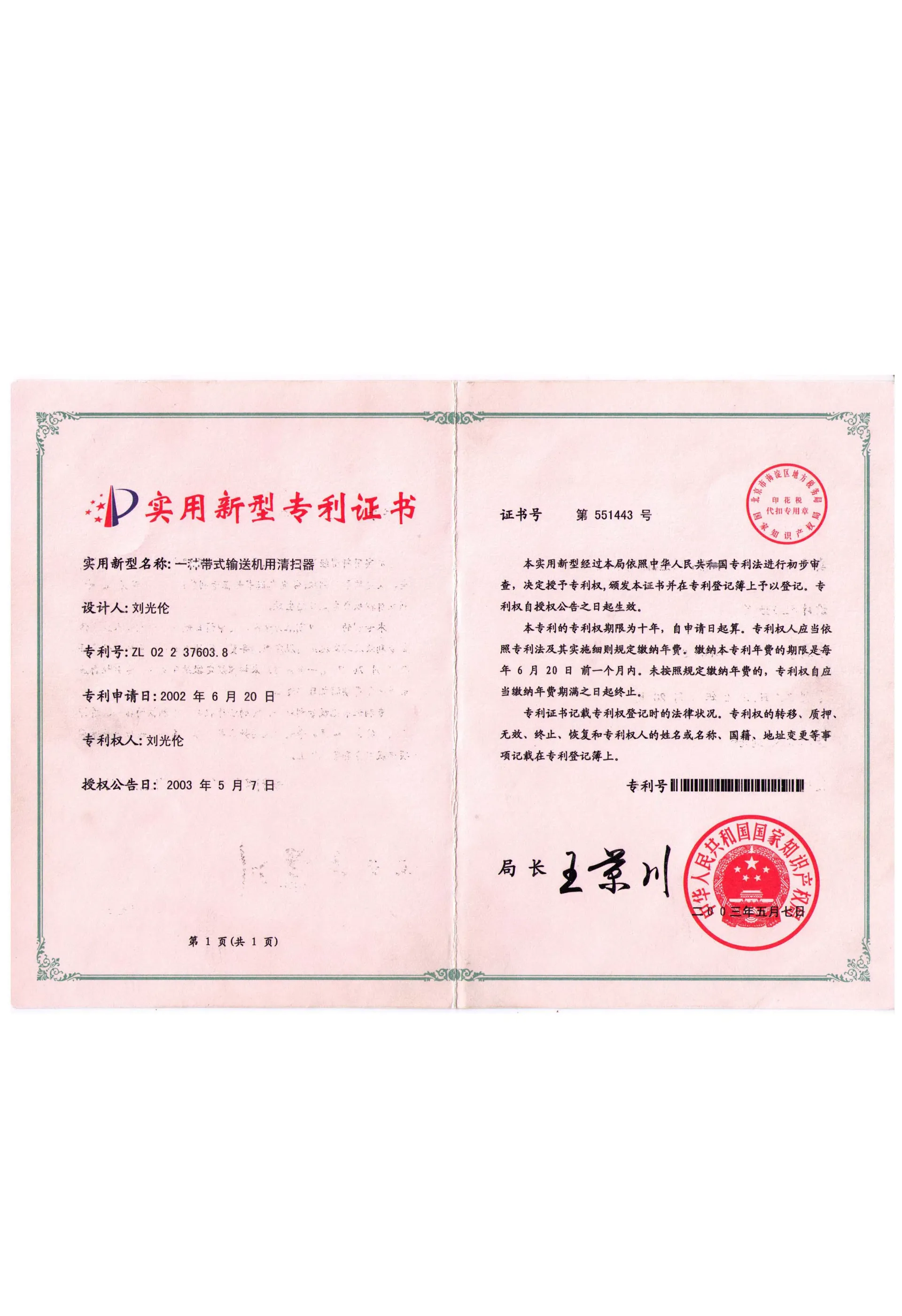 Afrikaans
Afrikaans  Albanian
Albanian  Amharic
Amharic  Arabic
Arabic  Armenian
Armenian  Azerbaijani
Azerbaijani  Basque
Basque  Belarusian
Belarusian  Bengali
Bengali  Bosnian
Bosnian  Bulgarian
Bulgarian  Catalan
Catalan  Cebuano
Cebuano  Corsican
Corsican  Croatian
Croatian  Czech
Czech  Danish
Danish  Dutch
Dutch  English
English  Esperanto
Esperanto  Estonian
Estonian  Finnish
Finnish  French
French  Frisian
Frisian  Galician
Galician  Georgian
Georgian  German
German  Greek
Greek  Gujarati
Gujarati  Haitian Creole
Haitian Creole  hausa
hausa  hawaiian
hawaiian  Hebrew
Hebrew  Hindi
Hindi  Miao
Miao  Hungarian
Hungarian  Icelandic
Icelandic  igbo
igbo  Indonesian
Indonesian  irish
irish  Italian
Italian  Japanese
Japanese  Javanese
Javanese  Kannada
Kannada  kazakh
kazakh  Khmer
Khmer  Rwandese
Rwandese  Korean
Korean  Kurdish
Kurdish  Kyrgyz
Kyrgyz  Lao
Lao  Latin
Latin  Latvian
Latvian  Lithuanian
Lithuanian  Luxembourgish
Luxembourgish  Macedonian
Macedonian  Malgashi
Malgashi  Malay
Malay  Malayalam
Malayalam  Maltese
Maltese  Maori
Maori  Marathi
Marathi  Mongolian
Mongolian  Myanmar
Myanmar  Nepali
Nepali  Norwegian
Norwegian  Norwegian
Norwegian  Occitan
Occitan  Pashto
Pashto  Persian
Persian  Polish
Polish  Portuguese
Portuguese  Punjabi
Punjabi  Romanian
Romanian  Russian
Russian  Samoan
Samoan  Scottish Gaelic
Scottish Gaelic  Serbian
Serbian  Sesotho
Sesotho  Shona
Shona  Sindhi
Sindhi  Sinhala
Sinhala  Slovak
Slovak  Slovenian
Slovenian  Somali
Somali  Spanish
Spanish  Sundanese
Sundanese  Swahili
Swahili  Swedish
Swedish  Tagalog
Tagalog  Tajik
Tajik  Tamil
Tamil  Tatar
Tatar  Telugu
Telugu  Thai
Thai  Turkish
Turkish  Turkmen
Turkmen  Ukrainian
Ukrainian  Urdu
Urdu  Uighur
Uighur  Uzbek
Uzbek  Vietnamese
Vietnamese  Welsh
Welsh  Bantu
Bantu  Yiddish
Yiddish  Yoruba
Yoruba  Zulu
Zulu Effective Solutions for Belt Conveyor Cleaning and Maintenance Techniques
Belt Conveyor Cleaner Ensuring Operational Efficiency and Safety
Belt conveyors are integral to numerous industries, facilitating efficient material handling and transport. However, as with any machinery, they require maintenance and care to operate effectively. One critical component that often goes overlooked is the belt conveyor cleaner. This device plays a pivotal role in ensuring the smooth operation of the conveyor system by preventing the buildup of material on the belt, which can lead to operational inefficiencies and safety hazards.
The Importance of Belt Conveyor Cleaners
Belt conveyor cleaners are designed to remove residual materials that cling to the conveyor belt after the main load has been discharged. This function is crucial for several reasons. First, cleaning the belt helps to maintain its performance and longevity. Any residual material left on the belt can lead to excessive wear and tear, which can result in costly replacements and downtime. By utilizing effective cleaners, businesses can prolong the life of their equipment and reduce operational costs.
Second, a clean belt promotes safety in the workplace. Material build-up can create slip hazards for workers who are required to perform maintenance or inspections. Additionally, when materials are not properly cleaned from the belt, they can fall off during transport and cause accidents or injuries. Thus, investing in a high-quality belt conveyor cleaner is an essential step in fostering a safe work environment.
Types of Belt Conveyor Cleaners
There are various types of belt conveyor cleaners available, each designed to effectively address specific cleaning challenges. The most common types include primary cleaners, secondary cleaners, and vacuum cleaners.
1. Primary Cleaners These are installed at the discharge point of the conveyor and are designed to remove the majority of material left on the belt. They typically consist of a blade that makes contact with the belt and wipes away residue. Primary cleaners are crucial for ensuring that the belt is as clean as possible before it continues through the conveyor system.
belt conveyor cleaner

2. Secondary Cleaners Positioned further down the conveyor line, secondary cleaners serve to capture any remaining material that the primary cleaner might miss. They usually employ more advanced designs, such as multiple blade configurations, to ensure thorough cleaning.
3. Vacuum Cleaners For specific applications, such as those handling fine powders or sticky materials, vacuum cleaners can be highly effective. These systems use suction to remove leftover materials from the belt, ensuring it is clean for the next load.
Operational Considerations
When choosing a belt conveyor cleaner, several factors must be considered. The type of material being transported plays a critical role. For instance, bulk materials like grains, coal, or sand may require different cleaning solutions than those transporting sticky or powdery substances. Additionally, the belt speed and width, as well as the overall design of the conveyor system, should be considered to ensure that the cleaner is optimally effective.
Furthermore, regular maintenance of the cleaner itself is essential as wear arises over time. Inspecting the blades and replacing them when necessary will help maintain cleaning efficiency and prolong the lifespan of both the cleaner and the conveyor system.
Conclusion
In conclusion, a belt conveyor cleaner is an indispensable tool for businesses that rely on conveyor systems for material handling. By facilitating the efficient operation of belt conveyors and ensuring safety, these cleaners contribute significantly to productivity and cost-effectiveness. By selecting the right type of cleaner and maintaining it regularly, businesses can reap the benefits of enhanced operational efficiency, reduced equipment wear, and improved workplace safety. Investing in conveyor cleaning technology is not just about maintaining cleanliness; it's about safeguarding a company's resources and ensuring smooth, uninterrupted operations.
-
Revolutionizing Conveyor Reliability with Advanced Rubber Lagging PulleysNewsJul.22,2025
-
Powering Precision and Durability with Expert Manufacturers of Conveyor ComponentsNewsJul.22,2025
-
Optimizing Conveyor Systems with Advanced Conveyor AccessoriesNewsJul.22,2025
-
Maximize Conveyor Efficiency with Quality Conveyor Idler PulleysNewsJul.22,2025
-
Future-Proof Your Conveyor System with High-Performance Polyurethane RollerNewsJul.22,2025
-
Driving Efficiency Forward with Quality Idlers and RollersNewsJul.22,2025





























